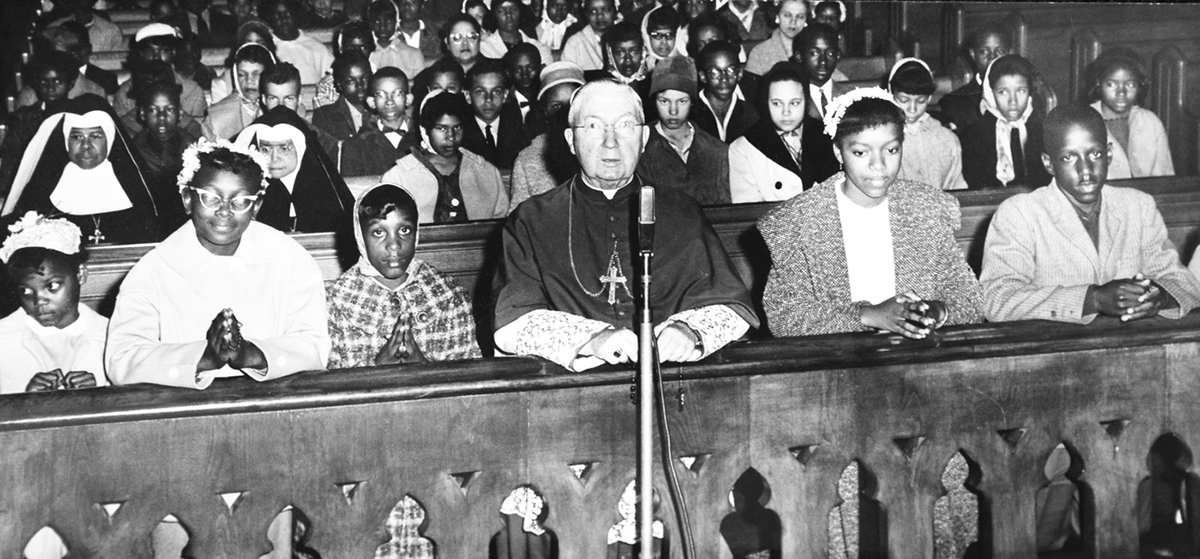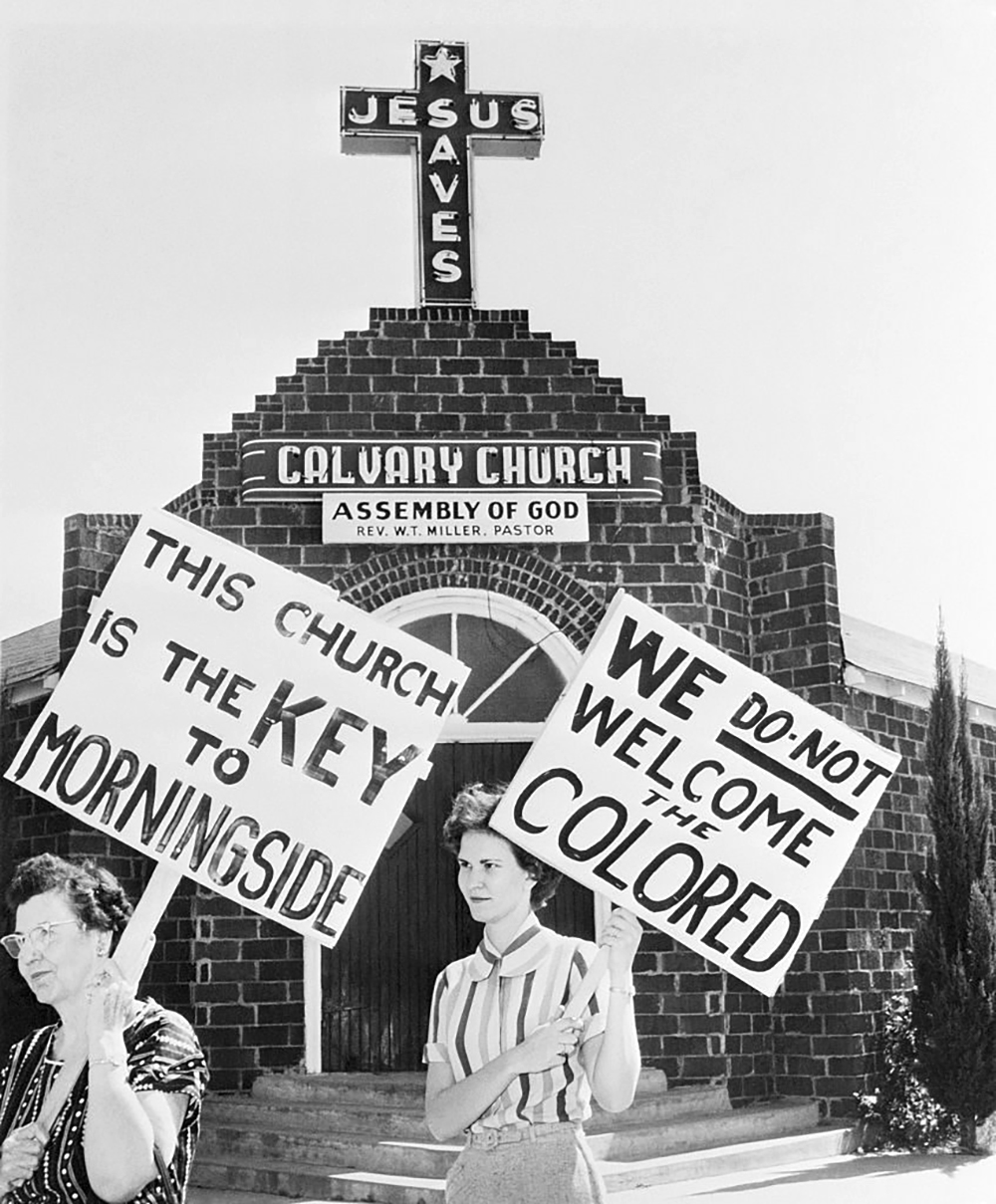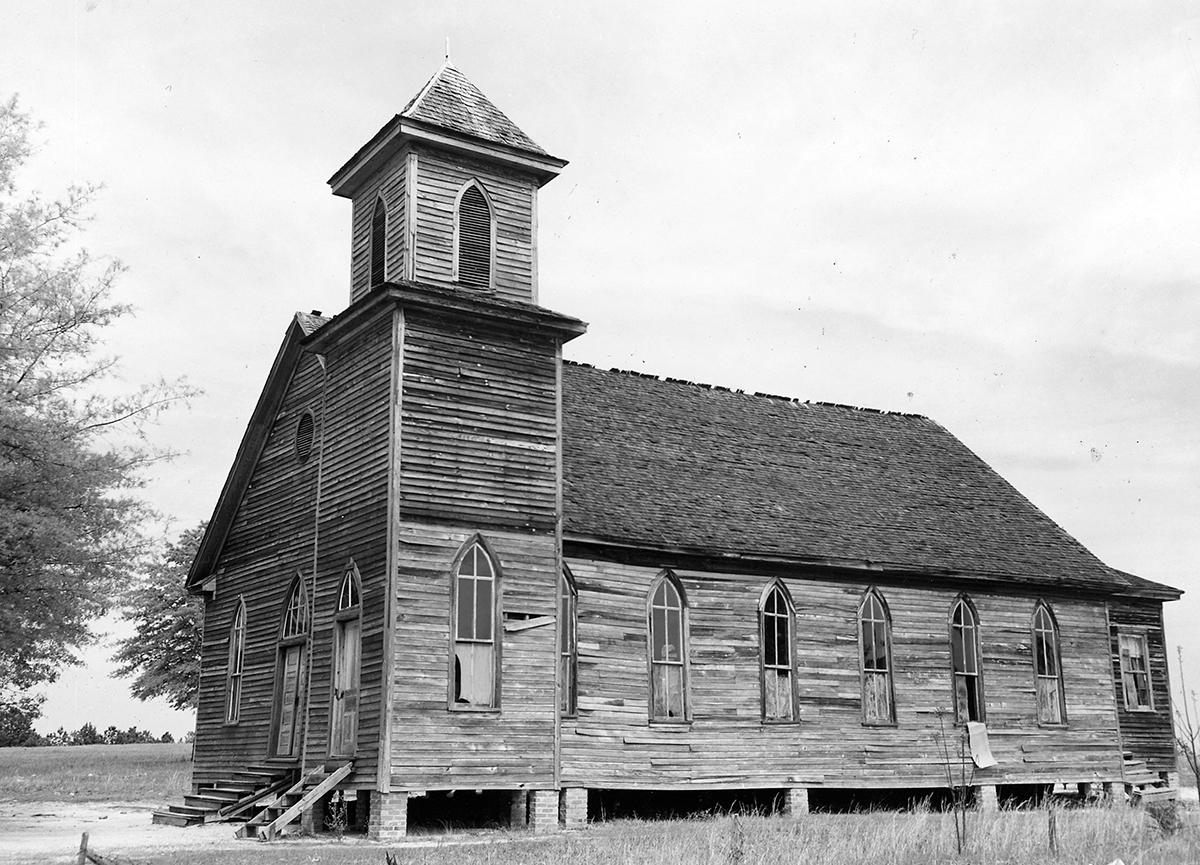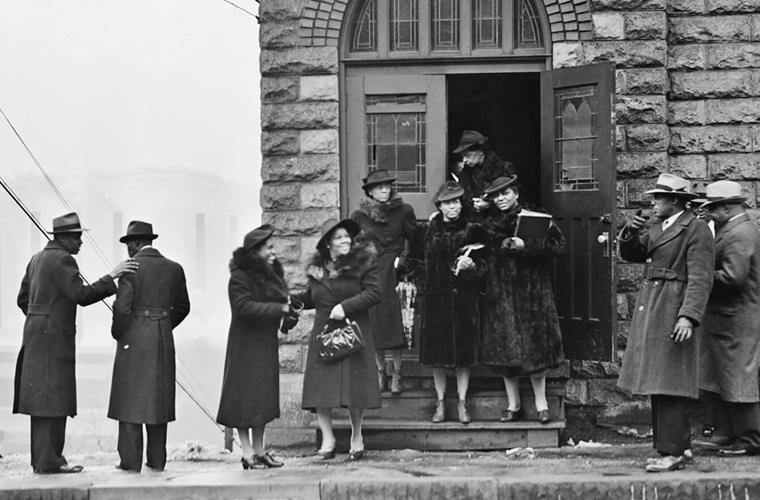Racial segregation of churches in the United States is a complex and historically significant issue. The practice of segregating churches along racial lines has deep roots in the country’s history, particularly during the era of slavery and the Jim Crow era of racial discrimination.
During slavery, African Americans were often not allowed to worship alongside white Americans. Enslaved people developed their own religious practices and formed independent congregations within their communities. This gave rise to African American denominations, such as the African Methodist Episcopal (AME) Church and the National Baptist Convention, which provided religious spaces for Black Americans.

After the Civil War and the abolition of slavery, efforts were made to integrate churches, especially in the northern states. Some predominantly white churches welcomed African Americans, but many others remained segregated. This was due to both explicit racial discrimination and social pressures to maintain racial separation.
The Jim Crow era, which lasted from the late 19th century to the mid-20th century, institutionalized racial segregation across many aspects of society, including churches. Many churches, particularly in the southern states, enforced policies that prohibited African Americans from attending predominantly white churches. This led to the proliferation of separate African American churches and denominations, where Black Americans could worship freely and exercise leadership roles within their own communities.

The Civil Rights Movement of the 1950s and 1960s brought about significant changes in racial dynamics within the United States, including within churches. The movement challenged racial segregation in all areas of society, and churches played a crucial role in fostering activism and providing safe spaces for organizing. Many churches became more racially inclusive and integrated during this time, although progress varied across different regions and denominations.
Despite these advancements, racial segregation in churches still persists to some extent in contemporary America. While explicit policies of racial exclusion are less common, there are still churches that remain largely segregated due to social, cultural, and historical factors. Segregation can occur both within denominations and between different denominations. Factors such as geographical location, demographics, cultural preferences, and personal choices all contribute to the racial makeup of individual churches.

Efforts to promote racial reconciliation and integration within churches continue today. Many religious leaders and organizations actively work towards fostering diverse and inclusive congregations. There are also initiatives, such as intentional multiracial churches and interfaith dialogue, aimed at breaking down racial barriers and promoting understanding and unity among different racial and ethnic groups.
It’s important to note that the racial dynamics within churches vary widely across the country, and generalizations cannot be made about all churches in the United States. While some congregations remain predominantly segregated, others have made significant strides toward racial diversity and inclusion.

